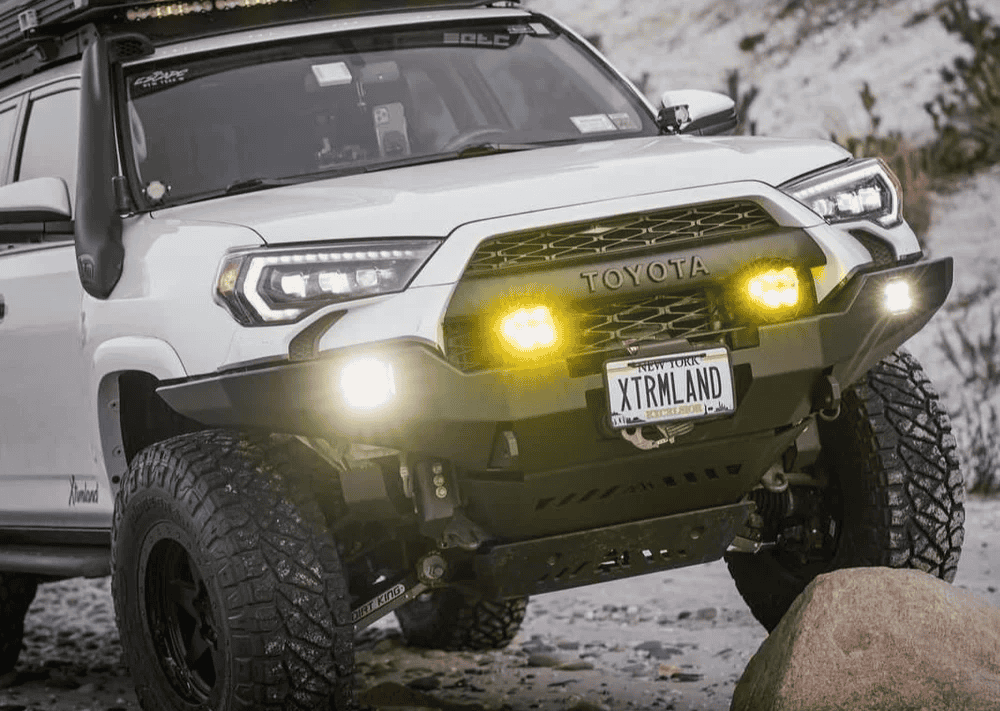Overland Vehicles

Payload is the weight your vehicle can carry in addition to its empty state. Start with the door label and the manual. Gross Vehicle Weight Rating sets the absolute limit for the entire vehicle. Gross Axle Weight Ratings define how much each axle can support. Curb weight is the vehicle with standard equipment, fluids, and no cargo or passengers.
Payload equals GVWR minus actual vehicle weight at the scale. Towing capacity is separate from payload, and tongue weight counts toward payload. Add people, pets, water, tools, batteries, and roof gear and you can reach the limit faster than expected. Verify reality at a certified scale after any change.
GVWR is a hard ceiling, while payload is the usable space below that ceiling. You can increase payload only by reducing actual weight, not by raising the rating. Aim for a buffer below the rating to account for trip fluctuations.
Even within total payload limits, you can overload an axle. Front heavy loads can stress steering and braking, while rear heavy loads can squat suspension and affect stability. Measure each axle separately and adjust placement to balance.
Aftermarket bumpers, racks, cabinets, and power systems change curb weight. Every added component reduces available payload and can shift balance. Document each addition and reweigh the finished setup.
Think in three dimensions. Keep dense items low and near the center between axles. Place heavy storage ahead of the rear axle when possible to protect handling. Avoid crowding one side with all the mass. Use rated tie downs and hardware, and confirm fastener pullout values on wood or metal substrates.
Tires carry the load to the ground. Match the tire load index to your measured axle loads, inflate according to load tables, and recheck pressures at altitude and temperature changes. Braking and suspension should match your final weight, not your stock weight.
Select tires with load ratings above your real axle weights, with margin. Ensure wheel load ratings match or exceed tire capabilities. Rebalance after adding roof gear or a spare carrier.
Springs and dampers should control the final mass while preserving travel and ride quality. Brakes must dissipate more heat at higher weight, so inspect pads, rotors, and fluid more frequently when fully loaded.
Use modular cabinetry or racking that anchors into known structural points. Spread loads across rails or plates to reduce concentrated stress. Use locking latches so cargo stays secure over rough terrain.
Roads change, and so do loads. Off pavement driving multiplies dynamic forces, so keep a larger buffer below ratings. Water and fuel shift as you consume them, changing balance across a long trip. Seasonal gear can add hundreds of pounds, so plan for worst case conditions.
Measure passengers, pets, and travel essentials in your total. Roof accessories raise the center of gravity, which affects body roll and emergency maneuvers. If you add batteries or water tanks, place them low and between the axles to reduce pitching and rolling.
For commercial vans, local and federal regulations may require scale tickets, visible labels, and compliance checks. A well documented payload plan reduces downtime and liability. For personal adventure travel, smart payload management protects range, comfort, and component life.
When your build moves beyond a simple rack and cooler, expert planning pays off. A professional payload approach aligns structure, storage, suspension, tires, and braking to your real itinerary. Explore purpose built Overland rigs that are designed with these principles in mind, or look into a Custom overland upfit that harmonizes weight, systems, and daily use. If you want to understand how we approach safety, design, and service, see Why choose OZK Customs for an overview of our process.
You bring a platform and a purpose. We turn those needs into a blueprint that respects GVWR and GAWR, achieves smart balance, and preserves handling and braking. We validate on a scale, specify the right tires and suspension for your numbers, and design storage that keeps heavy items low and secure. Tell us where you drive, what you carry, and how you camp or work, and we will map a payload plan that performs from the freeway to forest roads. Fill out the form to start a build conversation that protects your safety and investment.
Bring us your platform and your wish list. We will validate real payload, map axle targets, select the right suspension and tires, and engineer storage that keeps you in spec. Submit the form and let OZK turn your vision into a safe, road ready build that performs everywhere you drive.
ADDRESS:
6159 E Huntsville Rd, Fayetteville, AR 72701
PHONE:
(479) 326-9200
EMAIL:
info@ozkvans.com